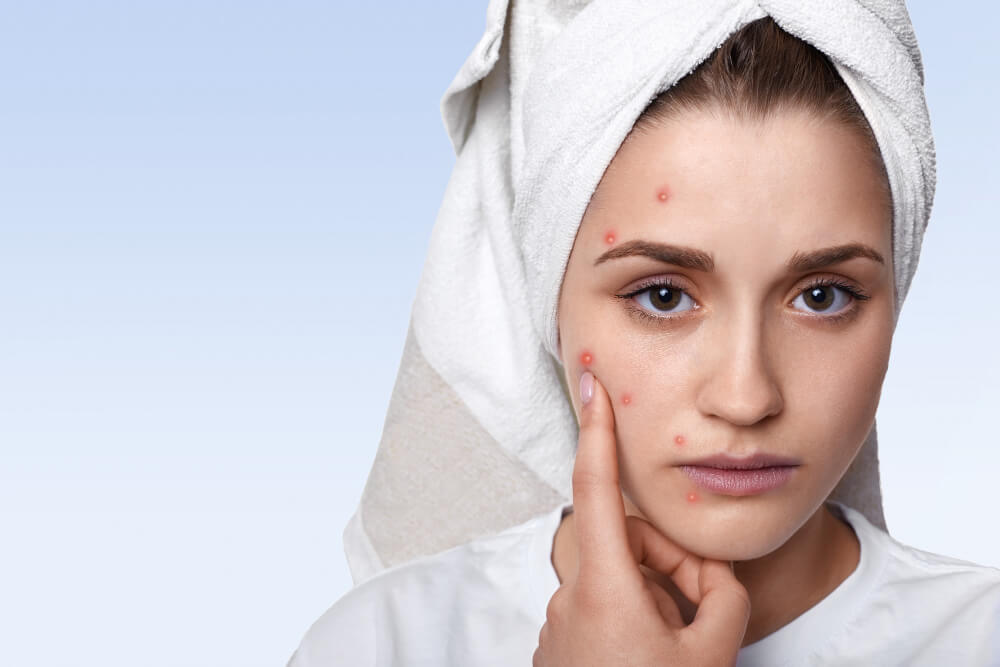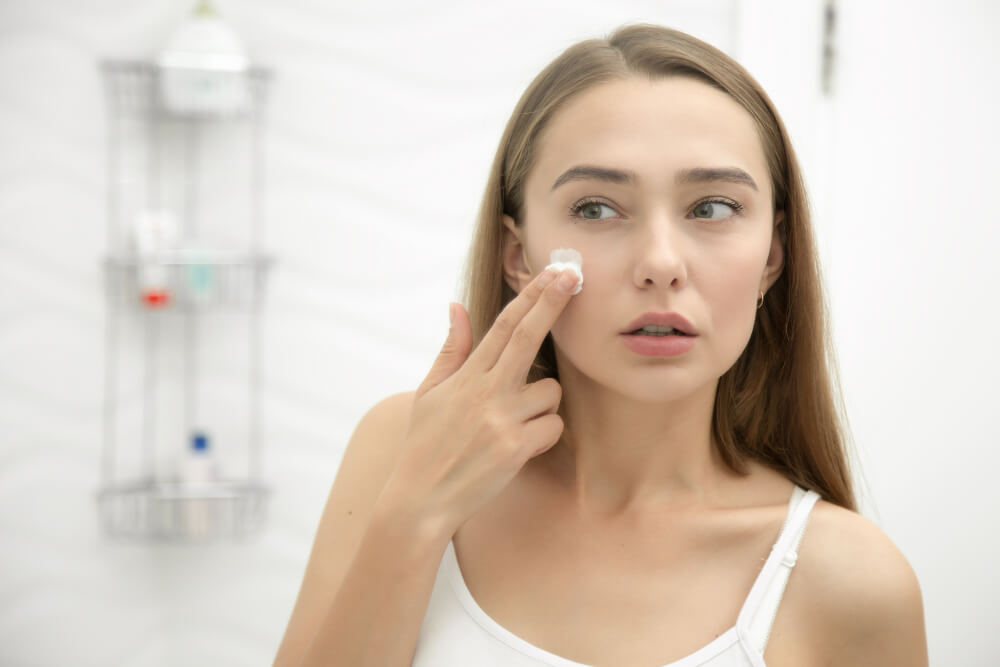Demystifying Pimples: Understanding Types and Effective Treatment Options
Pimples, those pesky skin imperfections, affect millions worldwide, transcending age, gender, and ethnicity. Whether you’re a teenager grappling with hormonal changes or an adult dealing with stress-induced breakouts, understanding the types of pimples and effective treatment options is crucial for maintaining clear, healthy skin.
The Science Behind Pimples
Pimples, scientifically known as acne vulgaris, occur when hair follicles become clogged with oil and dead skin cells. This creates an environment conducive to bacterial growth, leading to inflammation, redness, and the formation of various types of pimples.
Types of Pimples
- Whiteheads: Closed comedones, characterized by small, flesh-colored bumps with a white center.
- Blackheads: Open comedones, featuring dark plugs caused by oxidized melanin and debris.
- Papules: Small, red, inflamed bumps that may be tender to the touch.
- Pustules: Similar to papules but filled with pus, resulting in a yellow or white center.
- Nodules: Large, solid, painful lesions deep within the skin, often requiring professional intervention.
- Cysts: Deep, pus-filled lesions that can cause significant scarring if not treated promptly and properly.
Factors Contributing to Pimple Formation
Several factors contribute to the development of pimples, including hormonal fluctuations, excess oil production, bacteria, genetics, and environmental triggers. Understanding these factors is essential for effective treatment and prevention strategies.
Hormonal Fluctuations
Hormonal changes, particularly during puberty, menstruation, pregnancy, and menopause, can stimulate the sebaceous glands to produce more oil, leading to clogged pores and acne flare-ups.
Excess Oil Production
Overactive sebaceous glands produce excess oil (sebum), which can mix with dead skin cells and bacteria, clogging pores and causing pimples.
Bacterial Infection
Propionibacterium acnes (P. acnes), a type of bacteria that thrives in the oily environment of hair follicles, plays a significant role in acne development. It triggers inflammation and contributes to the formation of inflammatory acne lesions.
Genetics
Genetic predisposition can influence an individual’s susceptibility to acne. If one or both parents have a history of acne, their offspring are more likely to experience similar skin problems.
Environmental Triggers
Environmental factors such as pollution, humidity, and certain skincare products can exacerbate acne by irritating the skin and clogging pores.
Treatment Options for Pimples
Fortunately, numerous treatment options are available to combat pimples and achieve clearer, healthier skin. These treatments target various aspects of acne development, including reducing oil production, unclogging pores, eliminating bacteria, and reducing inflammation.
Topical Treatments
- Benzoyl Peroxide: A common over-the-counter (OTC) ingredient that kills acne-causing bacteria and helps unclog pores.
- Salicylic Acid: An exfoliating agent that penetrates pores to remove dead skin cells and excess oil, preventing acne breakouts.
- Retinoids: Derived from vitamin A, retinoids promote cell turnover, unclog pores, and reduce inflammation, effectively treating acne and preventing future breakouts.
Oral Medications
- Antibiotics: Oral antibiotics such as tetracycline, doxycycline, and minocycline are prescribed to reduce inflammation and kill acne-causing bacteria.
- Birth Control Pills: For women with hormonal acne, oral contraceptives can help regulate hormone levels and reduce acne flare-ups.
- Isotretinoin: Also known as Accutane, isotretinoin is a potent oral medication reserved for severe, treatment-resistant acne. It reduces oil production, prevents clogged pores, and has long-lasting effects.
Other Treatment Modalities
- Light Therapy: Various forms of light therapy, including blue light and red light therapy, can effectively kill acne-causing bacteria and reduce inflammation.
- Chemical Peels: Chemical peels exfoliate the skin, unclog pores, and promote cell turnover, resulting in smoother, clearer skin.
Extraction: Manual extraction of comedones and pustules by a dermatologist can quickly relieve acne lesions and prevent scarring.
Lifestyle and Home Remedies
In addition to medical treatments, certain lifestyle modifications and home remedies can complement acne management efforts:
- Maintain a Consistent Skincare Routine: Cleanse your skin twice daily with a gentle cleanser, and avoid harsh scrubbing or overwashing, which can irritate the skin and worsen acne.
- Use Non-comedogenic Products: Choose skincare and makeup products labeled as non-comedogenic or oil-free to prevent pore clogging.
- Adopt Healthy Habits: Get an adequate amount of sleep, manage stress levels, and maintain a balanced diet rich in fruits, vegetables, and whole grains to support overall skin health.
- Avoid Touching Your Face: Touching your face can transfer bacteria and irritants to your skin, exacerbating acne breakouts. Refrain from picking or popping pimples to prevent infection and scarring.
Conclusion
In conclusion, understanding the types of pimples and treatment options is essential for effectively managing acne and achieving clearer, healthier skin. By identifying the underlying causes of acne and adopting appropriate treatment strategies, individuals can regain confidence and enjoy a smoother complexion. Remember to consult a dermatologist for personalized advice and guidance tailored to your specific skincare needs.


